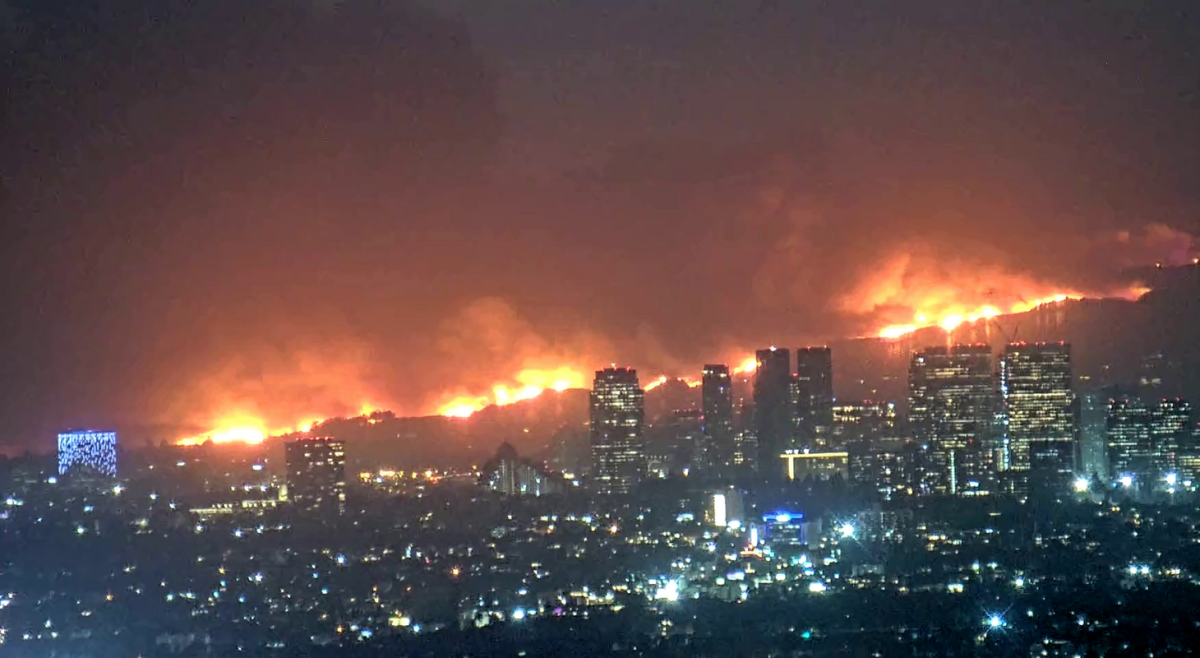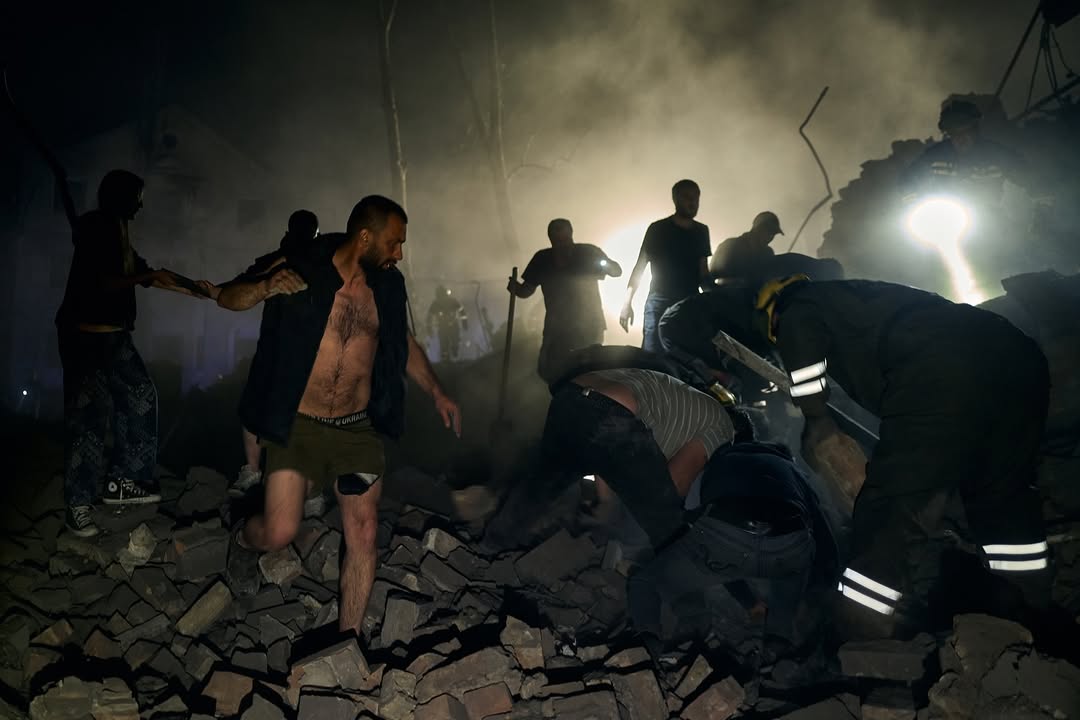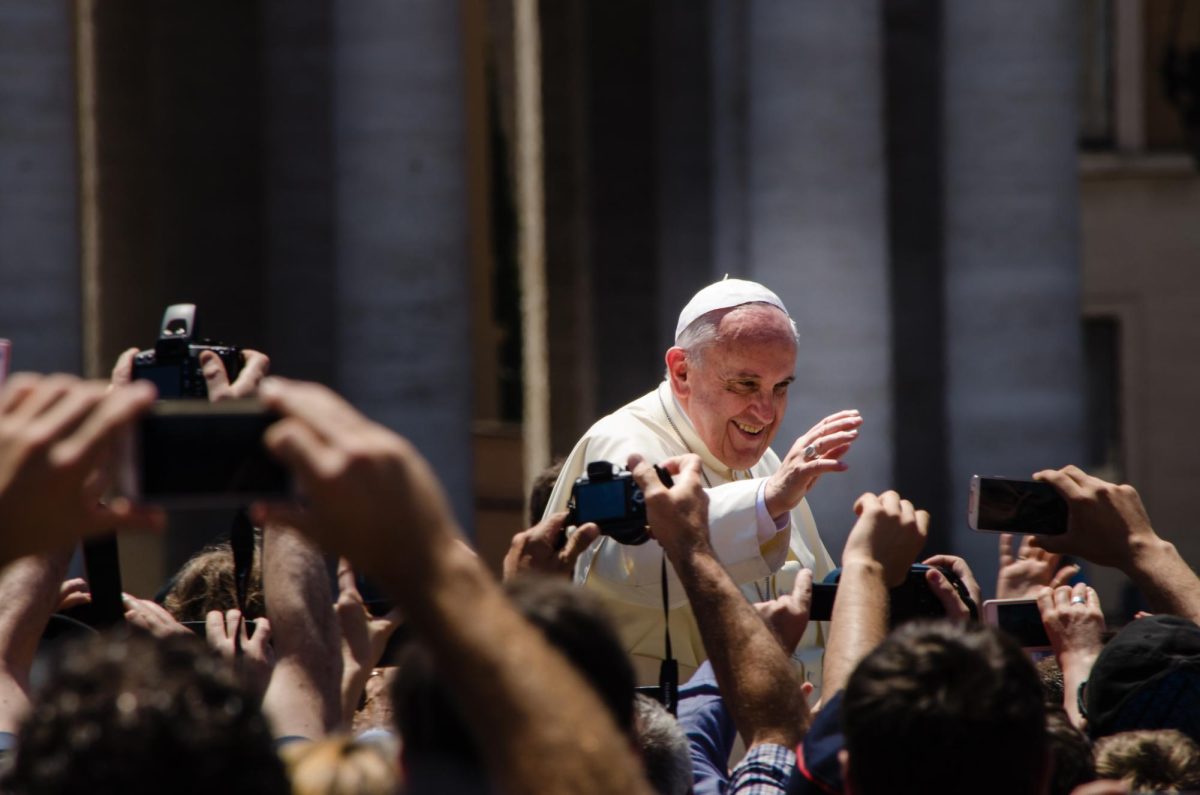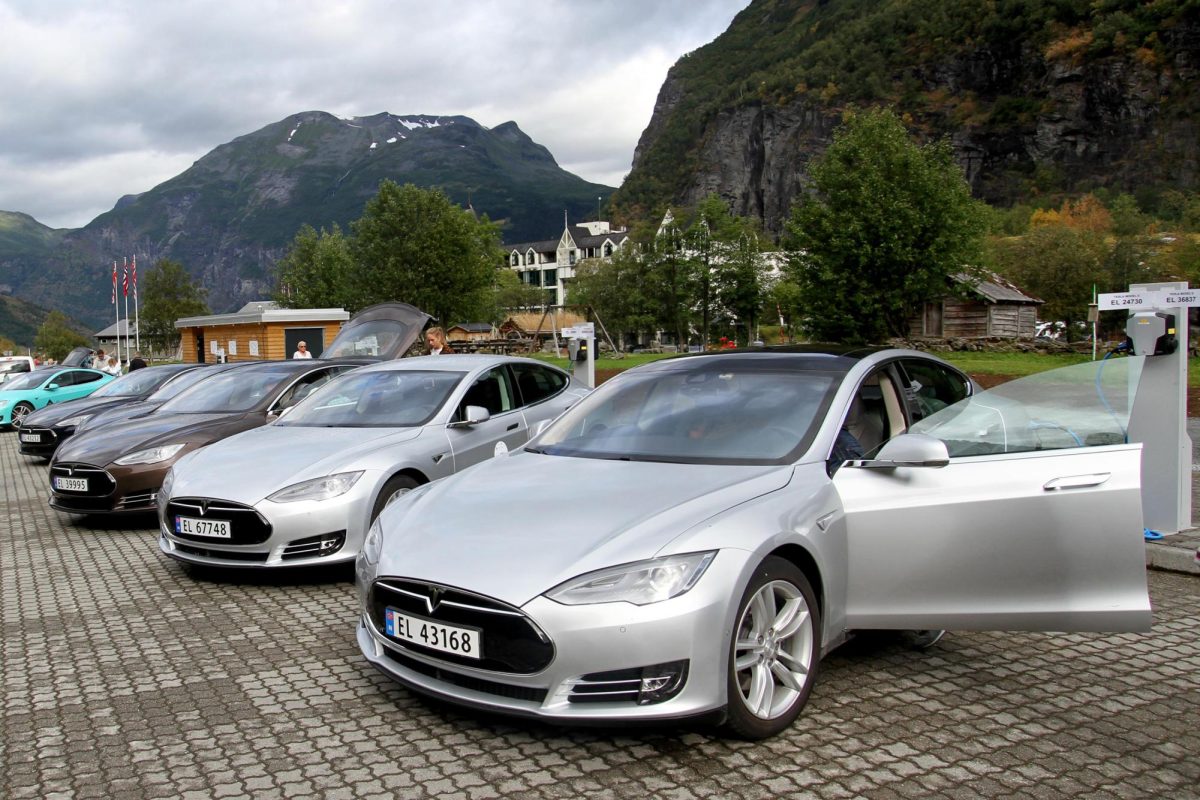In January 2025, a catastrophic wildfire outbreak devastated Los Angeles, California, ravaging the homes of thousands in densely populated areas like the Pacific Palisades. A series of wildfires burned nearly 4 square miles of densely populated urban areas, resulting in at least 29 fatalities and the destruction of over 18,000 structures as of the writing of this article. The fire was first reported on January 7th at 10:20 AM, by a wildfire watch program run by The University of California, Davis. While civilians evacuated the area rapidly, the wildfire continued to grow as more fires broke out in the regions neighboring the Palisades – at 6:18 PM, the Eaton fire erupted, Northwest of the Palisades. Then at 10:29 PM the same day, the Hurst Fire broke out more directly north of the Palisades. Finally, the Lidia fire began burning on January 8th, at 2:07 PM.
Multiple factors complicated the containment of these fires, the lack of which is believed to have maximized the damages. High wind speeds reaching up to 70 knots caused complications for the firefighters. In less than 24 hours, the Palisades fire alone grew from 10 to 2,900 acres. By January 10th, it had grown to 20,000 acres, with containment only reaching 6%. Other fires grew simultaneously, outspeeding containment efforts. Furthermore, a loss of water pressure in local fire hydrants was noticed, which resulted in California Governor Gavin Newsom ordering an independent investigation. On January 31, 2025, the Palisades and the Eaton fires were finally fully contained after burning for nearly three weeks.
The 2025 California wildfires left great damage in the communities they swept through. According to The Guardian, the total economic impact, including property damage and business interruptions, is estimated to exceed $250 billion, making it potentially the costliest natural disaster in U.S. history.
Although the investigations are still in their preliminary phases, some of the main causes of the 2025 Los Angeles wildfires are believed to be a mix of climate change, extreme weather, and human factors. Rising temperatures and drought turned vegetation into dry fuel, while strong Santa Ana winds spread the fires quickly. There’s also suspicion that equipment from Southern California Edison sparked the flames, showing the danger human error can pose.
An issue that the wildfires brought attention to is the overpopulation in urban regions of California. Overpopulation in California contributes to the severity of wildfires. As the population grows, more people live in areas prone to fires, such as the wildland-urban interface, where dense development meets forests or grasslands. This increases the risk of ignition from human activity, whether through power lines, vehicles, or even campfires.
With all of this tragedy and destruction, what are some ways to support communities affected by the LA wildfires? The City of LA’s website (lacity.gov/LAstrong) contains trustworthy information on how to send financial aid to damaged communities. Furthermore, you can help people affected by wildfires in California in 2025 through the Red Cross, by visiting redcross.org, calling 1-800-RED CROSS (800-733-2767), or texting the word CAWILDFIRES to 90999 to make a donation.







